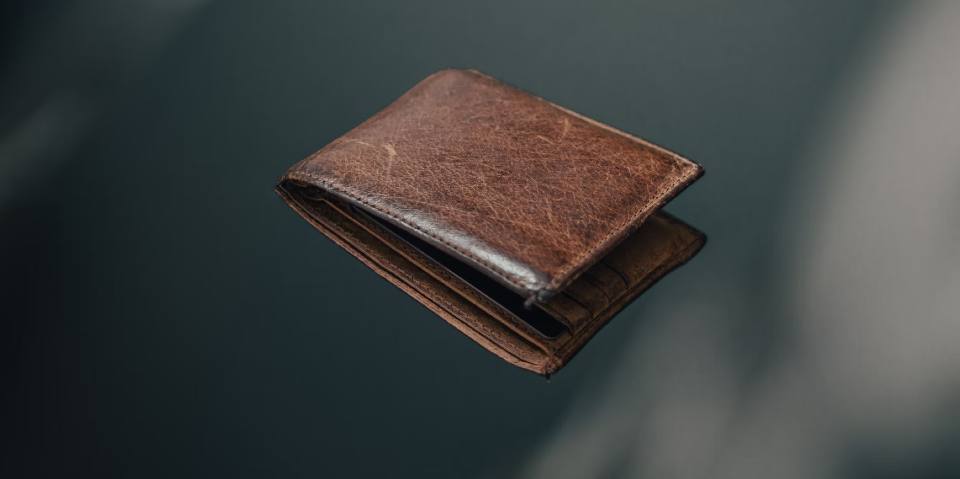Wallets aren’t incredibly expensive, but if you take good care of them, they can serve you well and last a lifetime. Thankfully, the most important strategies for keeping a wallet in good condition are both inexpensive and highly accessible.
How do you keep your wallet in great shape?
Choose the Right Wallet
You can start taking good care of your wallet by choosing the right wallet initially. Some wallets are much more flexible, durable, and useful than others, so it’s worth making an initial investment in a wallet that’s going to last. Additionally, some wallets are easier to care for than others because they offer such high quality and practicality.
These are the most important variables to consider.
· Material. Leather is arguably the best material for a wallet, though it’s not the only one. Leather is popular because of its classic look, but also because of its amazing durability. This is a tough material that can withstand a wide variety of conditions, yet it’s flexible enough to serve you functionally. Leather does require some ongoing care to remain in good condition, but it’s still likely your best option. Alternatively, you could choose metal, though metal tends to be heavy and inflexible. You could also choose plastic, which is cheaper but much lower quality; don’t expect your plastic wallet to last long, even if you take exceptional care of it.
· Quality. Within these categories of materials, you’ll find hundreds to thousands of different options from different sellers and in different styles. Some of these are higher quality than others, with expert artisans handcrafting nearly flawless wallets and factories mass-producing very cheap, inferior ones. Consider increasing your budget so you can acquire a wallet of sufficiently high quality.
· Profile and storage. You also need to think about the profile of the wallet and available storage. Big wallets do allow you to store more things, but they also take up more space and are more vulnerable to wear and tear. Additionally, wallets with slimmer profiles and less overall storage space help you practice better storage discipline, reducing the risk of overstuffing your wallet.
Habits and Practices
These habits and practices can help you keep your wallet in better shape:
· Read and follow advisements. When you receive your wallet, you’ll probably receive some information, including warnings and advisements about how to use this wallet. Read these warnings carefully and follow any available instructions precisely. Your seller probably knows what they’re talking about.
· Avoid overstuffing. Many people fill their wallets to the brim, stuffing them so full they barely close. However, this approach is a critical mistake; it can cause the material of your wallet to warp and increase the likelihood of damage. Also, an overstuffed wallet can cause back pain – especially if you sit on it regularly. You’re much better off keeping only the essentials in your wallet at any given time.
· Clean out regularly. Even the most minimalistic people among us sometimes allow unnecessary items to creep into their wallets. That’s why it’s a good idea to take time to regularly clean out your wallet. For example, once a month, you can sort through your wallet items and take out anything you don’t truly need.
· Exercise caution with use. When using your wallet, exercise caution. Don’t take it out more than necessary, don’t play with it unnecessarily, and don’t leave it in the vicinity of things that could stain or damage it.
· Store properly. Finally, make sure you store your wallet properly. It should be kept in a dark, relatively dry place, wrapped in breathable material to prevent it from collecting dust while still allowing it to exchange air.
Ongoing Care
There are also many care strategies that can help you keep your wallet in good condition:
· Examine for damage. When you clean out your wallet, take a moment to examine it for any points of damage. You may be able to simply buff out small points of damage. However, if you notice something more egregious, you should consider taking it to a professional for restoration.
· Clean regularly. It’s also a good idea to clean your wallet regularly, especially if you use it every day. A simple wipe down is enough for most high-quality wallets.
· Condition occasionally. If you have a leather wallet, you should also take care to condition it periodically. This keeps the leather moist and strong, preventing degradation. That said, it is possible to over-condition your wallet, eventually deforming it and leaving it limp.
Choosing a good wallet, minimizing wear and tear, and addressing stains and damage periodically can all maximize the lifespan of your wallet. With the right strategies, your next wallet could potentially last you for decades.


